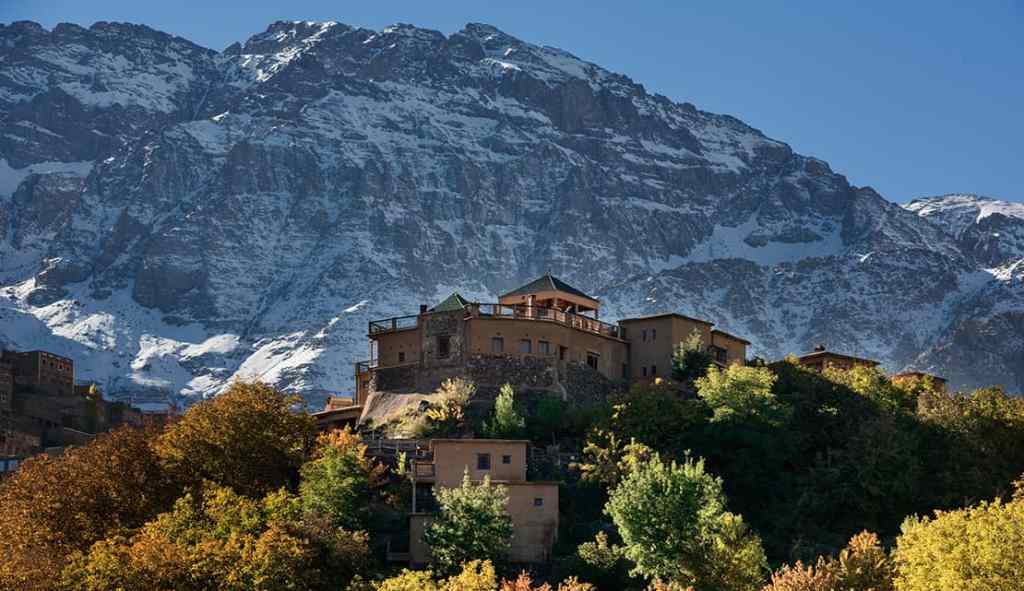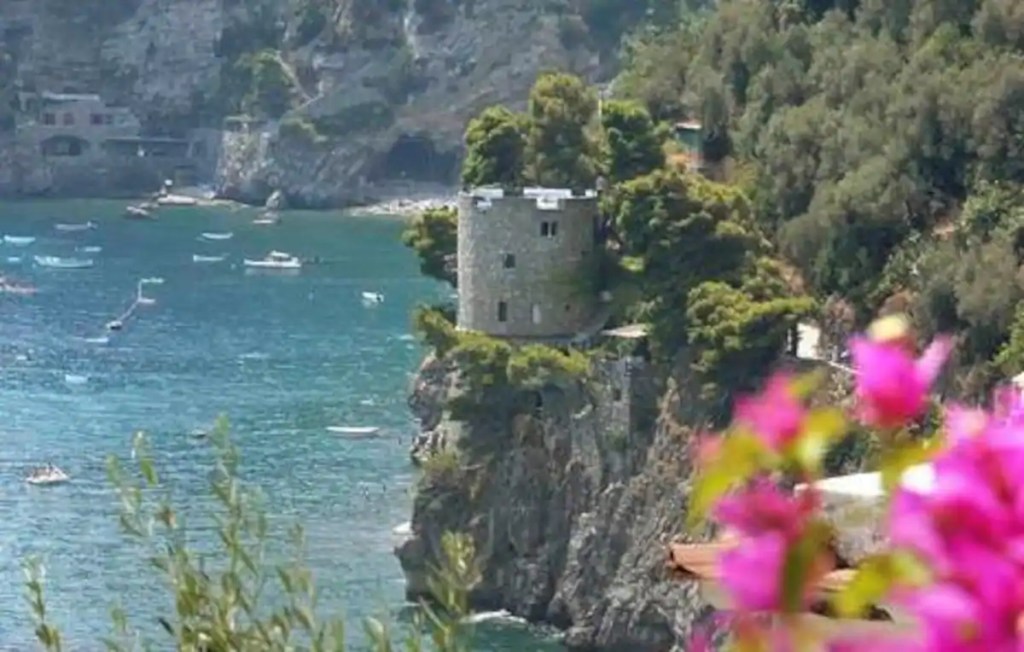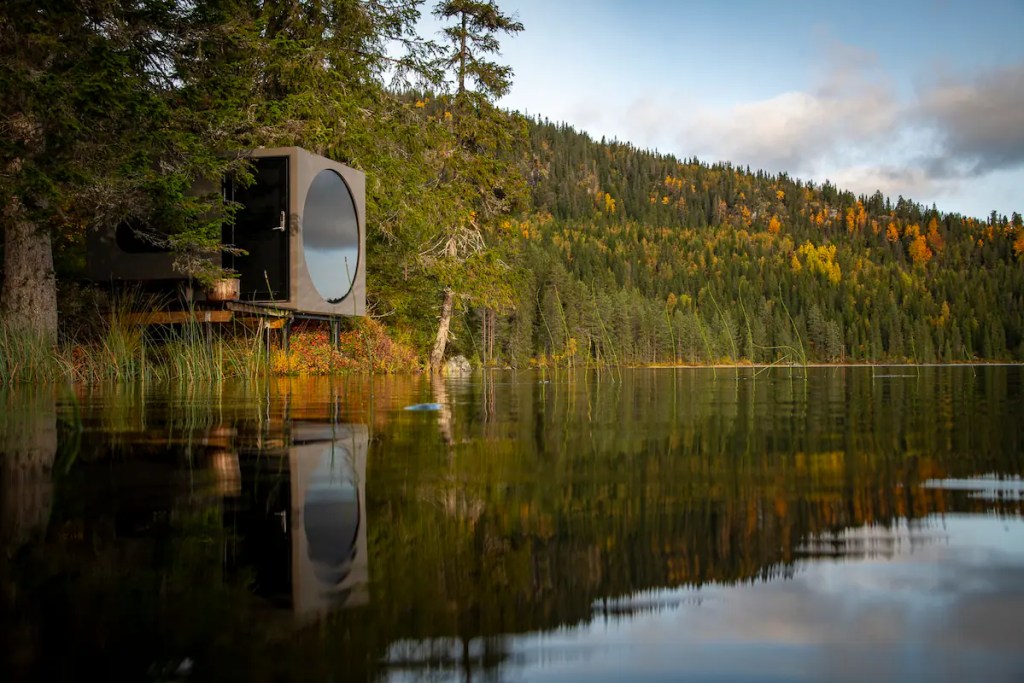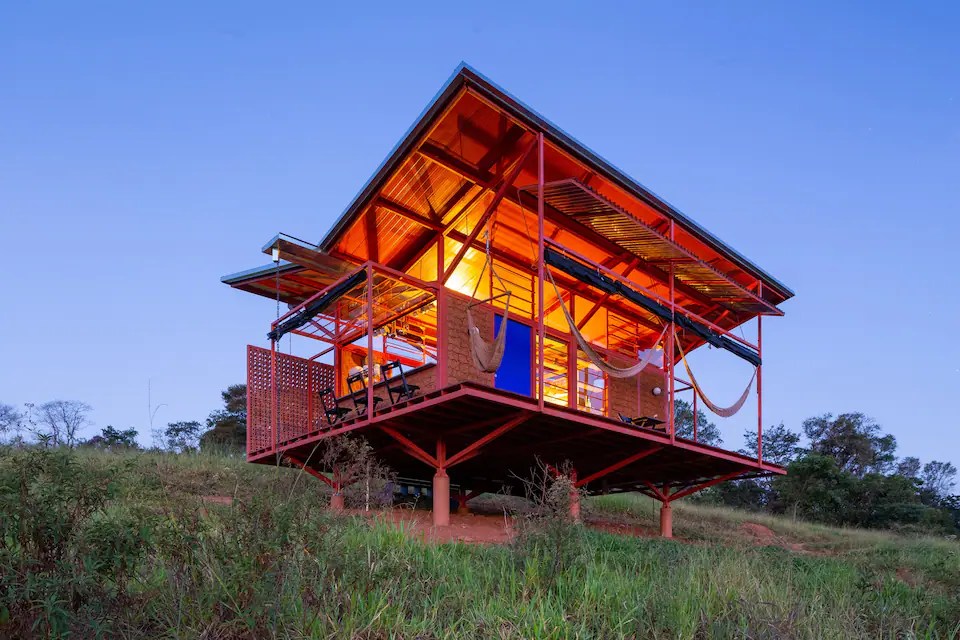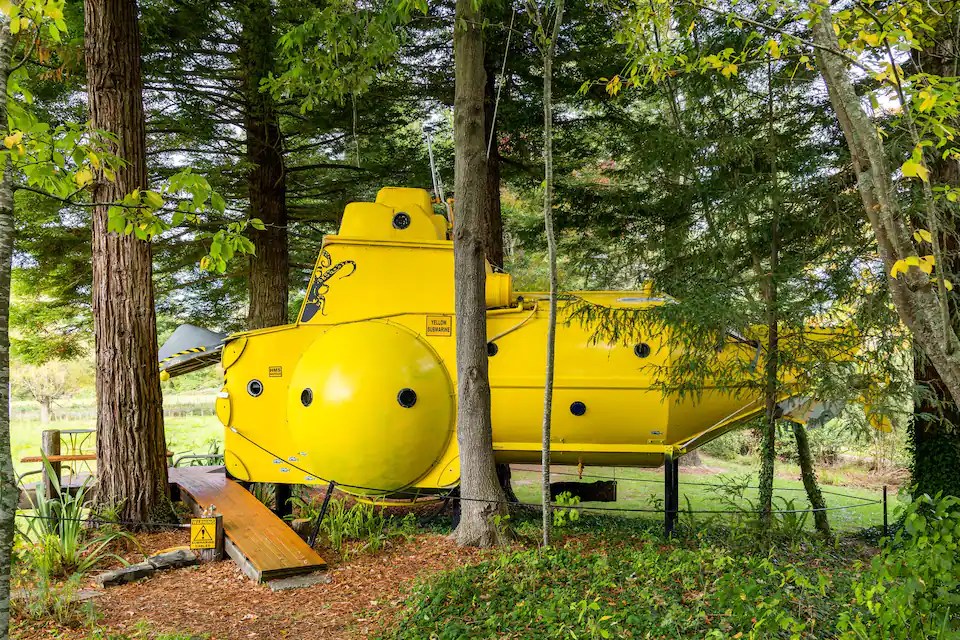You’ve heard of Four Seasons and Hyatt, two of the world’s most well-known hotel chains. But do you know the difference between them?
The latter is associated more with luxury stays, while Hyatt tends to offer a broader range of upper-midscale options.
But if you’re thinking about joining a loyalty program or signing up for a credit card with either group, you might want to dig a bit deeper into the details.
Is Four Seasons always the better choice for travelers and professionals who want top-tier service? And what about Hyatt’s various brands, especially upscale collections like Hyatt Centric and Hyatt Unbound?
Let’s explore the rewards programs, credit card points systems, and brands available from Four Seasons and Hyatt.
Four Seasons vs Hyatt: loyalty programs
Let’s start off taking a look at the Four Seasons’ approach to loyalty. Rather than offer an official loyalty or rewards program, the hotel chain finds other ways to prioritize recurring customers.
Loyal Four Seasons members are treated to tailored benefits rather than a bland and across-the-board program. Offers are based on the traveler’s history with the company, allowing them to earn extras.
That could be free breakfast, room upgrades, and late check-out. Four Seasons fans can earn these rewards by booking rooms with preferred partners, too.
This isn’t entirely unique to Four Seasons. Other ultra-lux brands like Aman and Mandarin Oriental have the same approach that’s based on personalized rewards.
That being said, Hyatt’s program isn’t too shabby.
Hyatt’s loyalty program, World of Hyatt, is very direct and easy to digest. It follows a traditional points system that makes it easy for members to figure out how many points they need for certain bookings and how they can earn them.
Four Seasons vs Hyatt: credit cards
This one is easy. Four Seasons doesn’t offer a credit card because it doesn’t have an official loyalty program.
From a brand perspective, Four Seasons locations don’t want to be associated with discounts. Once again, that should signal that this brand is more focused on the finer things in life.
No loyalty programs, no credit cards, no points accrual.
Once again, Hyatt is the more accessible option for travelers and businesspeople. You can easily sign up for the World of Hyatt Credit Card programs, which are divided into business and non-business. Newcomers can earn up to 60,000 bonus points after registering.
Four Seasons vs Hyatt: brands and experiences
Four Seasons doesn’t need to offer a loyalty program because most of its members aren’t on the hunt for constant savings. Hyatt, on the other hand, offers a range of affordable to ultra-lux experiences across its 28 brands.
I’d like to point out that some of these Hyatt projects are swanky as hell—and very much on par with a Four Seasons stay.
The Unbound Collection offers unique boutique stays around the world, while Miraval focuses more squarely on wellness—going as far as to ban devices on many of its spa-centric properties.
Plus, Park Hyatt remains one of the most sought-after luxury hotel names in the world. While the entire Four Seasons brand is more squarely labeled as lavish, you can absolutely find the same in Hyatt—you’ll just have more budget options, too.



